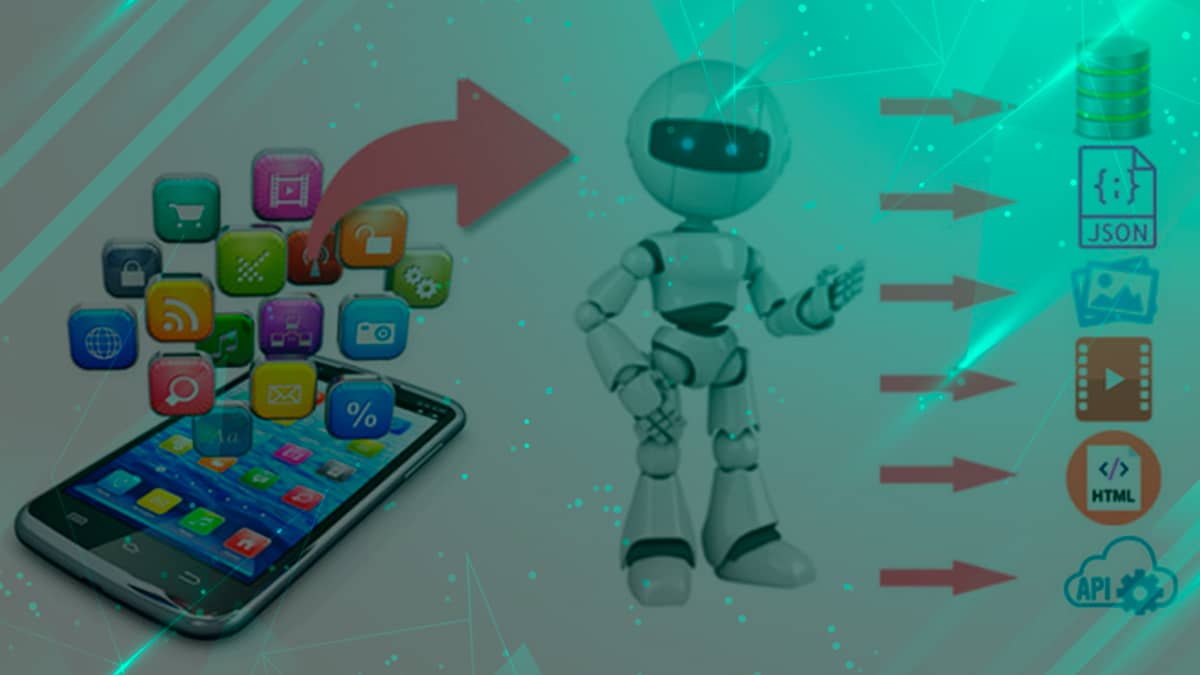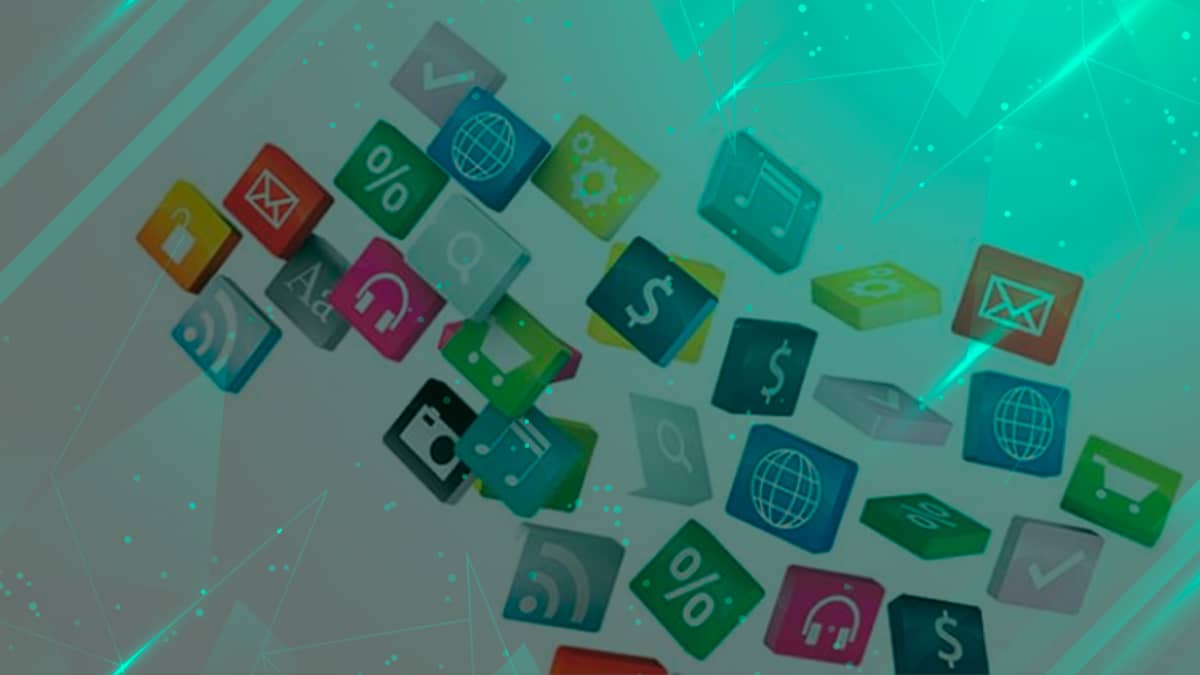
Mobile app scraping allows you to harness existing content on an iPhone or Android device, like photos and posts, to make your application. The numerous benefits of this are that it costs nothing upfront, is scalable, and is highly customizable. The challenges can include legality with privacy issues and security concerns surrounding user data. But if used responsibly and considered appropriately, mobile app scraping can be a powerful tool for startups looking for innovative ideas without the investment price tag of traditional methods.
This article examines the potential benefits of using mobile app scraping as a tool for startups or small businesses and some of the challenges that can arise. Let us dive into our article:
1. What is mobile app scraping?

Mobile app scraping collects content from an iPhone or Android device and uses that information in your application. It is a powerful tool for startups looking for innovative ideas without the investment price tag of traditional methods. It is similar to using an API but uses the content on a device rather than requesting data from a website or Web API. For example, you could use the following API to scrape Twitter's Mentions for your business and put that in a new app.
2. Why use mobile app scraping?

There are numerous benefits to mobile app scraping.
2.1. Scalability:
Scraping allows for highly high scalability. You could scrape the information of thousands of users in one go instead of building an app for every user. It also allows you to adapt quickly to change. Let us say you are a small business and want to reach out to customers differently. Using mobile app scraping, you could build your application and use the information you have scraped from other applications already on the market.
2.2. Cost:
You can save money by using mobile app scraping because it costs nothing upfront, and it's highly customizable since it relies on existing content already developed for someone else.
2.3. Customization:
You can customize mobile app scraping to fit your needs and your business because it is built on existing data. You can modify the format, add custom content, and repurpose the information already collected by someone else.
2.4. Privacy implications:
Privacy is a huge concern regarding mobile app scraping, but this is also an area where businesses have some options when deciding how to handle user data. You can filter out personally identifiable information or even choose not to scrape altogether if you're worried about legal issues with a large-scale scrape project. You can also use third-party scripts as an intermediary to mask your identity.
3. How to use mobile app scraping?

There are four common approaches to using mobile app scraping:
3.1. Client-side automation:
Client-side access refers to the ability of an app to run a script or program on the end user's machine. It can be done through a browser plugin or a downloadable add-on for a specific platform. Many public APIs for platforms like Twitter and Instagram now have automated tools allowing developers and users to build apps that use their data. Still, what the provider makes available limits this access, but it can be helpful when you want to make small changes. Still, collecting massive amounts of information and customizing your solution for your business needs could be more helpful.
3.2. Server-side automation:
Server-side access refers to the ability of a server to run a script or program on the end user's machine. It is accomplished through an API and can be accessed by mobile apps or websites. Businesses with larger scales need to use this to gather massive amounts of information from publicly available platforms like Twitter, Instagram, and Facebook.
3.3. Multiple sources:
Scraping mobile apps is also possible via multiple sources tied together through a single script that differentiates where the data comes from to give you more control over privacy, data quality, and personalization. It can work well for businesses that want to simplify their code and focus more on the user experience instead of dealing with managing multiple APIs.
3.4. Third-party APIs:
Third-party APIs are designed to help developers build specific applications that use existing data provided by a third-party service. They are built to make development easier and faster since they provide predefined functions and code libraries that do most of the heavy lifting of managing the data. It can be beneficial when you want to build an application tailored to your business needs. Still, it could be more valuable to customize massive amounts of information or access different data sources like social networks, news feeds, or photo collections.
4. Challenges of mobile app scraping

Mobile app scraping can be a powerful tool for startups looking for innovative ideas without the investment price tag of traditional methods. However, some challenges can arise when you use it:
4.1. Legal concerns:
Many legal issues come with mobile app scraping, but this is also an area where businesses have some options when deciding how to handle user data. You can filter out personally identifiable information or even choose not to scrape altogether if you're worried about legal issues with a large-scale scrape project. You can also use third-party scripts as an intermediary to mask your identity.
4.2. Data quality:
It's important to consider data quality when you use scraping. If a user changes their information, your app will not have the most up-to-date information, which is helpful for businesses that need timely and accurate information. It can also be hard to detect fake or spam accounts, so your project is only beneficial if you rely on it for real-time data.
4.3. Accuracy:
When you use scraping software, it's essential to understand that it will only provide a “snapshot” of the data at a particular time. It can be helpful for businesses that need a version of their app to collect and store data, but it's not as valuable if you're looking for ongoing information. For example, the scraping tool will only provide information on a person's last visit to your website. If the user returns to your website after that point and wants to sign up again, you won't know this unless you manually recheck their accounts.
Conclusion
Mobile app scraping can be a helpful tool for startups and current businesses looking for alternative ways of gathering information that would otherwise be difficult or expensive to obtain. It is often used in conjunction with other data collection methods to increase the accuracy of your targeted audience. However, it can have legal, privacy, and data quality issues if you need to learn how to implement it properly. Understanding the limitations of scraping would be best since you may only receive a snapshot of data and need more information to use over time.








Leave a Reply
Your email address will not be published. Required fields are marked